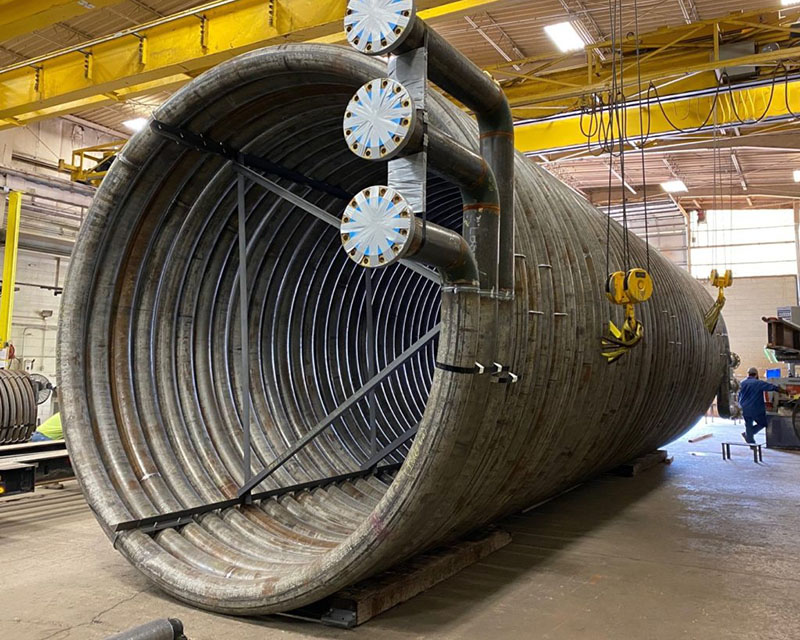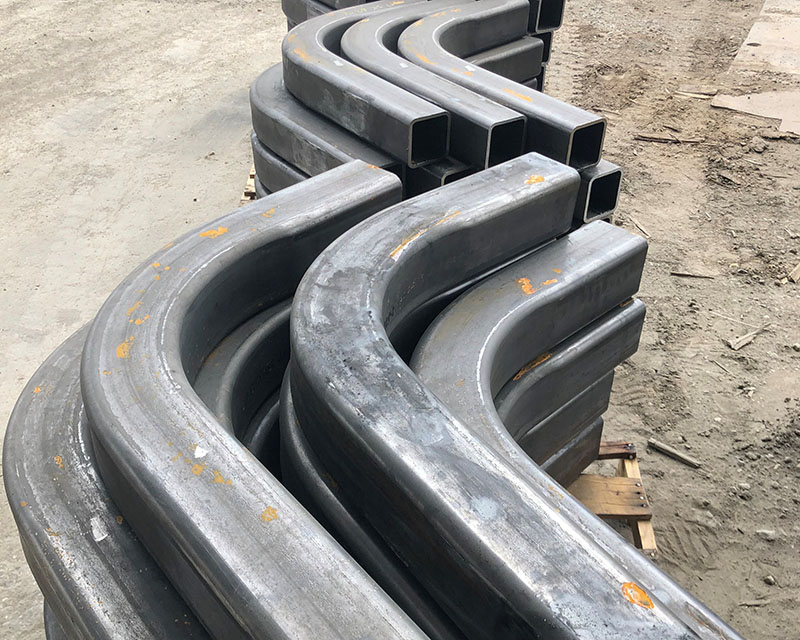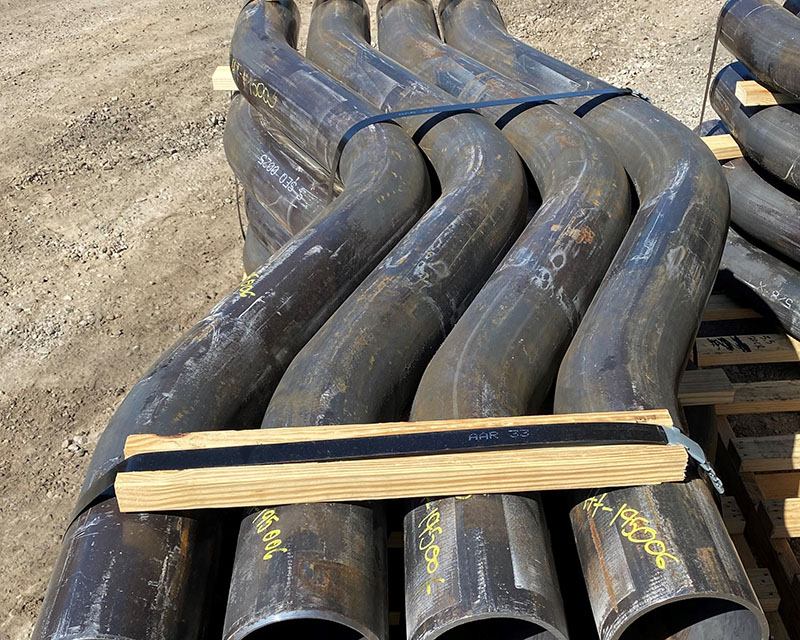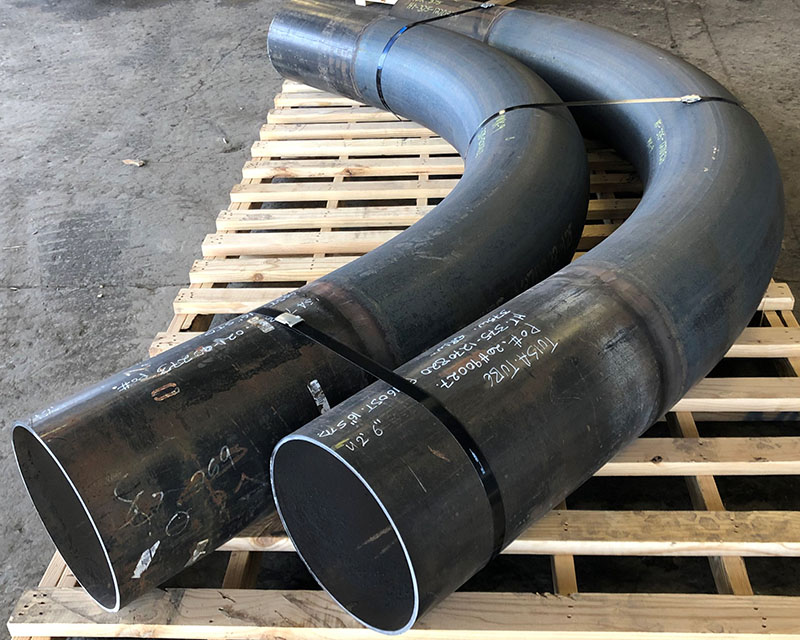Bending Methods
Precision metal bending for optimal performance.
Induction Bending
Metal bending with optimum strength and consistency
Precision in bending large pipes, including square and rectangular tubes, is achieved through the advanced process of induction bending. This method stands out when compared to cold forming techniques as it remarkably reduces material deformation and maintains the integrity of the cross-section, even in the case of tight radius bends. The art of creating precise induction bends calls for a profound understanding of induction bending techniques.
- Can be compliant with ASME B16.49 & TPA-IBS-98 standards.
- Widely utilized in power plants, highway road signs, and petroleum pipelines.
- Pipe bends from 3.5” to 36” OD.
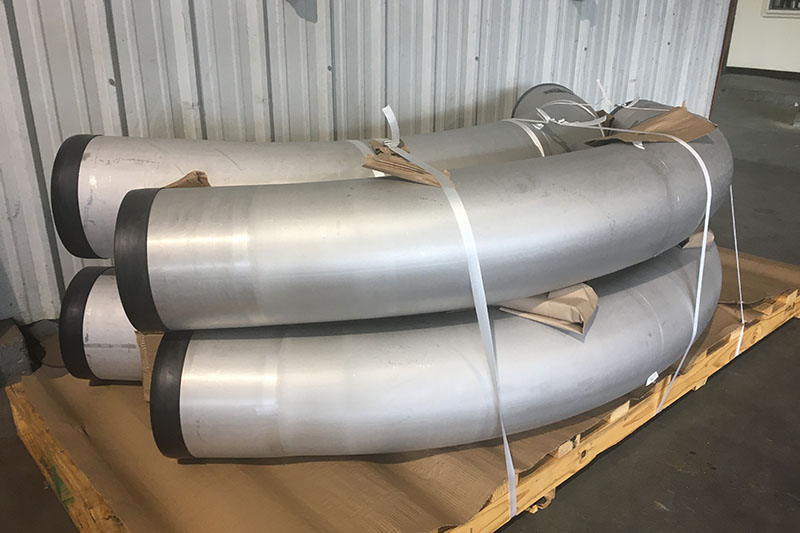
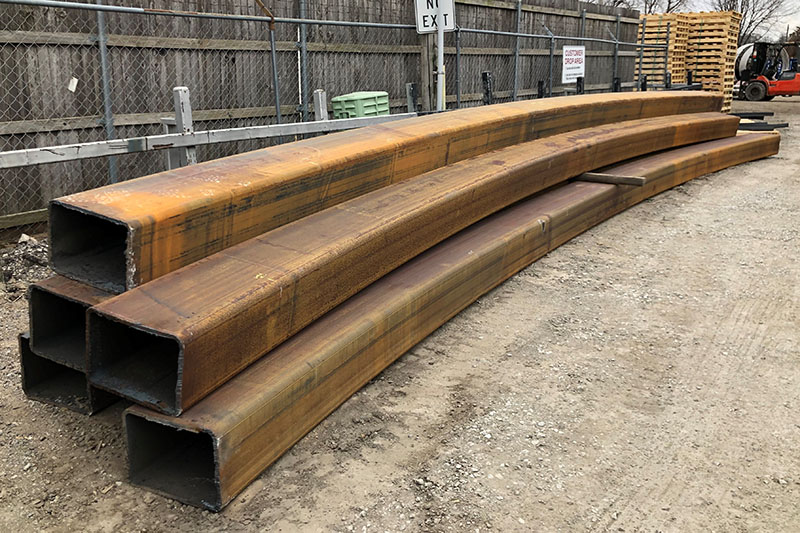
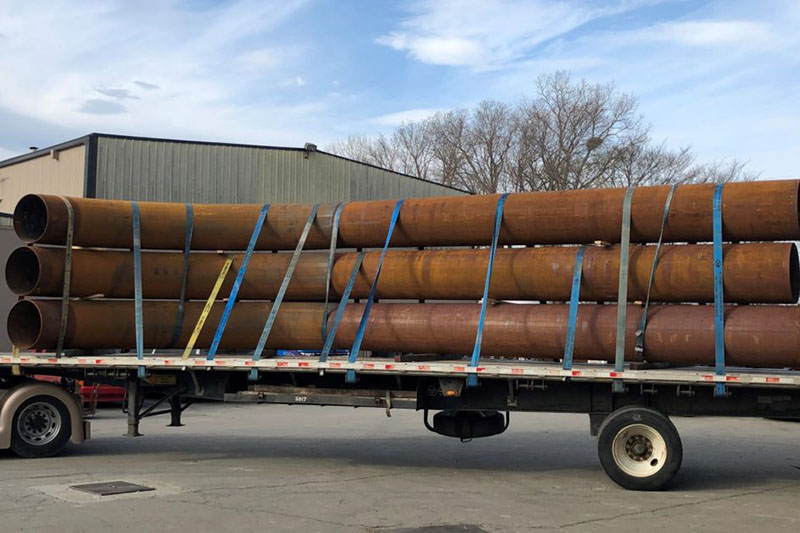
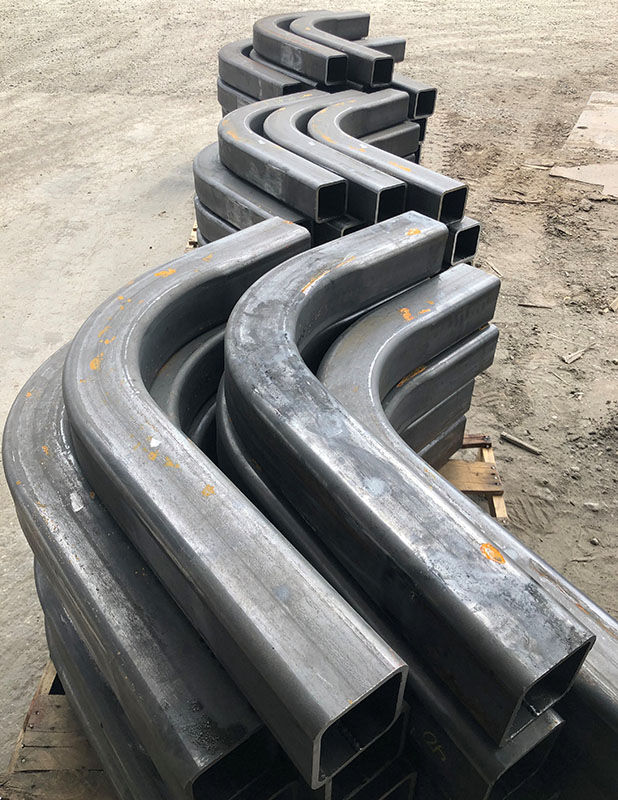
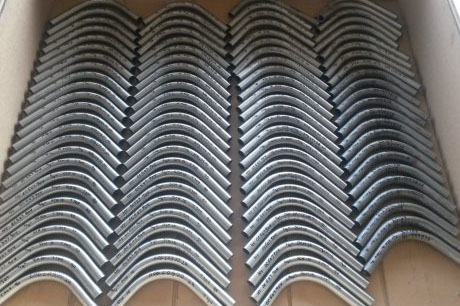
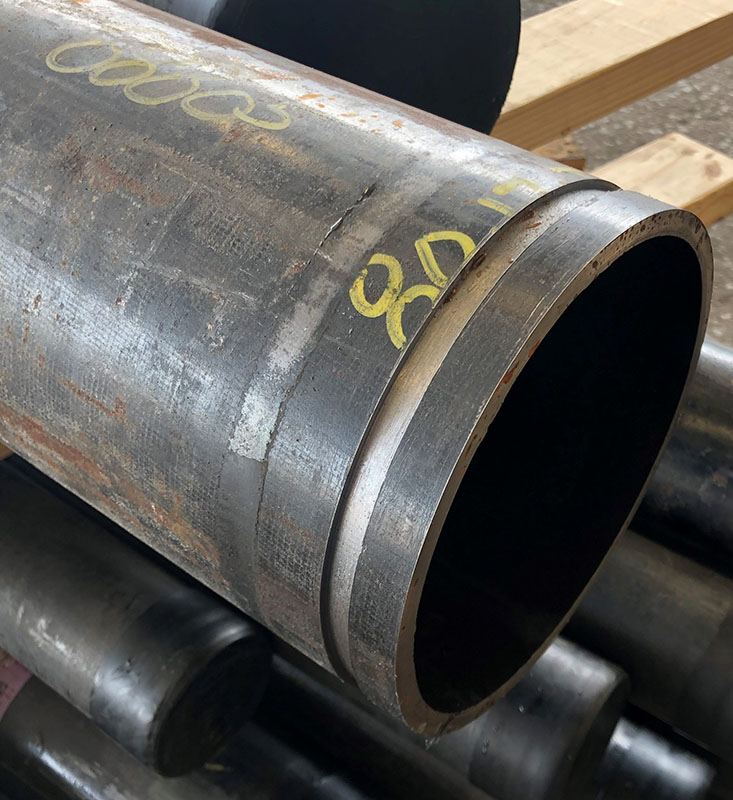
Mandrel Bending
Pipe bending with advanced precision and accuracy
When it comes to precision custom tube and pipe bending, mandrel technology takes the lead. This advanced process employs a steel plug within the pipe, while a rotating steel die molds the pipe to match its specific radius. The crucial role of the steel plug, or mandrel, is to provide internal support, significantly reducing the unwanted flattening of the pipe’s cross-section during the bending process. This method results in smooth, precise bends with reduced deformation and is particularly useful for creating tight-radius bends in pipes and tubes.
- High-quality, tight-radius bent pipes for improved flow characteristics and structural integrity.
- Ideal for a diverse range of applications, including football goalposts, davit arms, and various process piping requirements.
- Cold form pipe bends from 1” to 12” IPS.
Roll Bending
Structural rolling for various bend radii and complex shapes
Roll bending is a versatile bending method that achieves cold deformation with a wider bend radius and the ability to produce different bend radii on the same tube which enables the creation of intricate geometric shapes. This method is often used to create curved metal elements for architectural designs, such as curved handrails, ornamental structures, and curved façades in buildings.
- Capability to maintain tight tolerances and consistent bend angles, ensuring high-quality results.
- Minimizes material waste since it doesn’t involve excessive heating or cutting, allowing for more efficient material utilization.
- Cost-effective approach for achieving curved shapes, especially when compared to other bending methods.

